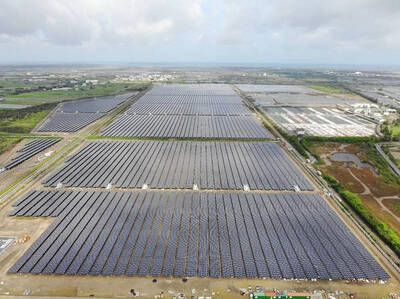Welcome to the New Year in one of the most exciting cities in Asia. Taipei’s night scene has come a long way in the last few years. It’s become a weekend clubbing destination for people from throughout the region and a regular stop on the map for international DJs. With so many choices of clubs, especially in the Xinyi District (信義), it’s astounding that they are always full. But there is always room for one more, so once you’ve recovered from New Year’s Eve, prepare yourself for the grand opening of Elektro featuring none other than Diplo (real name: Thomas Wesley Pentz).
Elektro enters Taipei as the successor to Spark, which abruptly shut down last month. The new club has a similar operational strategy: Vegas-style bottle service with Vegas-style presentation. In what is a reflection of how massive Taipei dance music industry has become, the musical direction of the club will join many others in the area and will be centered on EDM, which means you can expect to see regular international bookings to fuel the club’s vibe.
First up is Diplo, who plays his first solo show in Taipei in more than five years. The US DJ, rapper and Mad Decent record label founder has since formed Jack U with fellow dance music bigwig Skrillex (real name: Sonny John Moore). He also championed the twerking movement and has been immensely busy collaborating regularly with artists like Beyonce and Madonna, who credits him on her upcoming album Rebel Heart. It proves that there is a fine line between what’s considered pop music and dance music. But he’s balancing it in a way that is both tactful and admirable to everyone in the industry.

Photo courtesy of the Windish Agency
Diplo is without a doubt one of the biggest names in the industry and a spontaneous stop in Taipei is a great start to what should be a bustling year for our growing city. We can only hope that police in the won’t have an equally as bustling year.
■ Diplo plays tomorrow night 9pm at Elektro, 6F, 12 Songshou Rd, Taipei City (台北市松壽路12號6樓). Admission is NT$1,600 and includes two drinks.

In recent weeks the Trump Administration has been demanding that Taiwan transfer half of its chip manufacturing to the US. In an interview with NewsNation, US Secretary of Commerce Howard Lutnick said that the US would need 50 percent of domestic chip production to protect Taiwan. He stated, discussing Taiwan’s chip production: “My argument to them was, well, if you have 95 percent, how am I gonna get it to protect you? You’re going to put it on a plane? You’re going to put it on a boat?” The stench of the Trump Administration’s mafia-style notions of “protection” was strong

Every now and then, it’s nice to just point somewhere on a map and head out with no plan. In Taiwan, where convenience reigns, food options are plentiful and people are generally friendly and helpful, this type of trip is that much easier to pull off. One day last November, a spur-of-the-moment day hike in the hills of Chiayi County turned into a surprisingly memorable experience that impressed on me once again how fortunate we all are to call this island home. The scenery I walked through that day — a mix of forest and farms reaching up into the clouds

With one week left until election day, the drama is high in the race for the Chinese Nationalist Party (KMT) chair. The race is still potentially wide open between the three frontrunners. The most accurate poll is done by Apollo Survey & Research Co (艾普羅民調公司), which was conducted a week and a half ago with two-thirds of the respondents party members, who are the only ones eligible to vote. For details on the candidates, check the Oct. 4 edition of this column, “A look at the KMT chair candidates” on page 12. The popular frontrunner was 56-year-old Cheng Li-wun (鄭麗文)

“How China Threatens to Force Taiwan Into a Total Blackout” screamed a Wall Street Journal (WSJ) headline last week, yet another of the endless clickbait examples of the energy threat via blockade that doesn’t exist. Since the headline is recycled, I will recycle the rebuttal: once industrial power demand collapses (there’s a blockade so trade is gone, remember?) “a handful of shops and factories could run for months on coal and renewables, as Ko Yun-ling (柯昀伶) and Chao Chia-wei (趙家緯) pointed out in a piece at Taiwan Insight earlier this year.” Sadly, the existence of these facts will not stop the